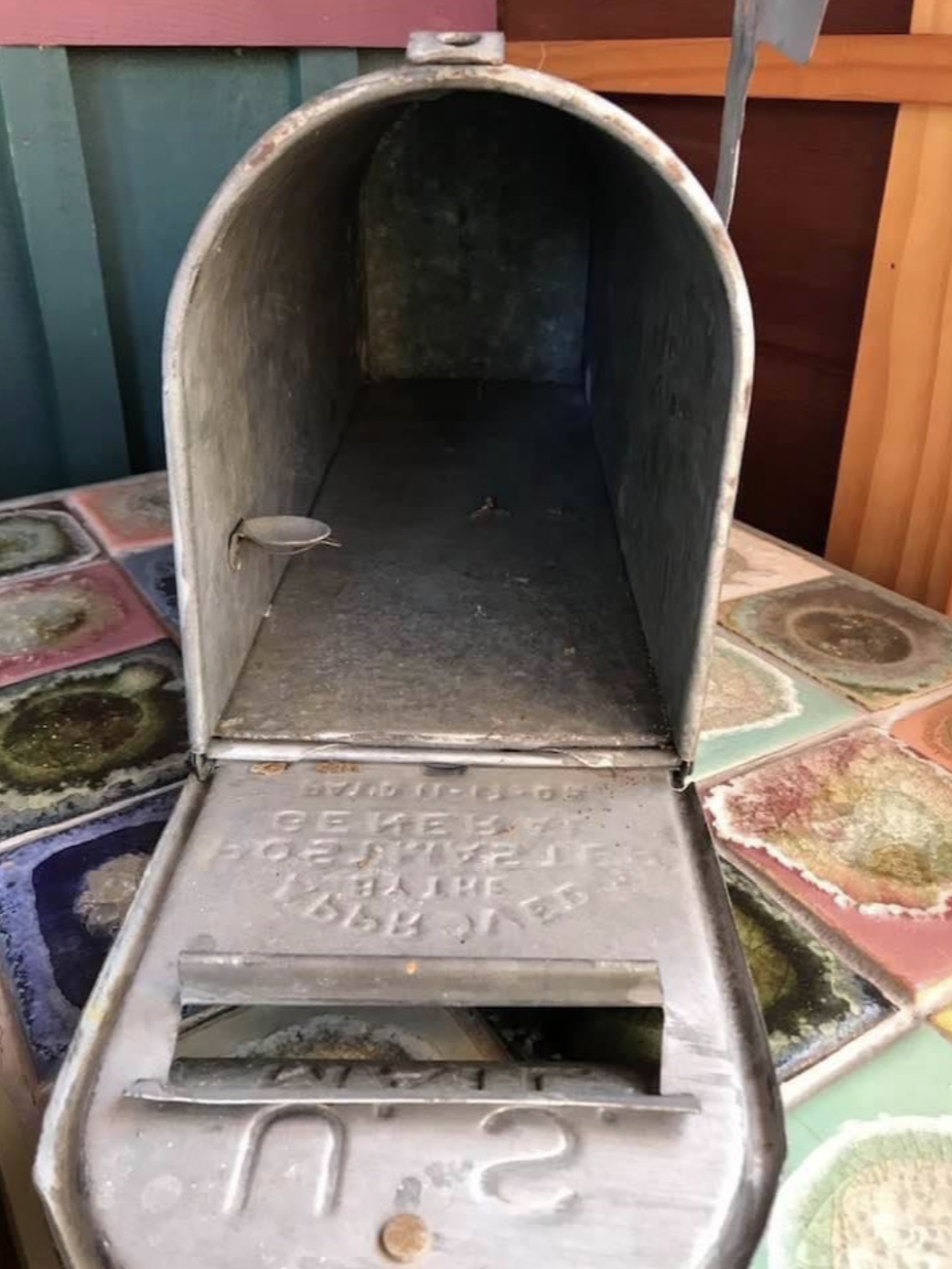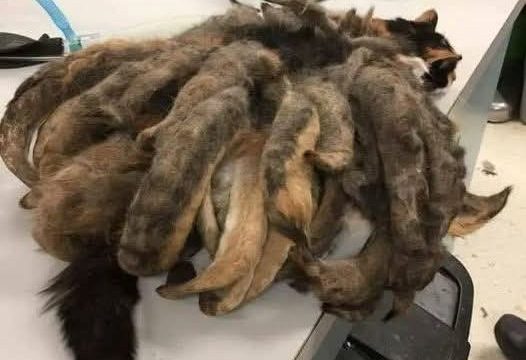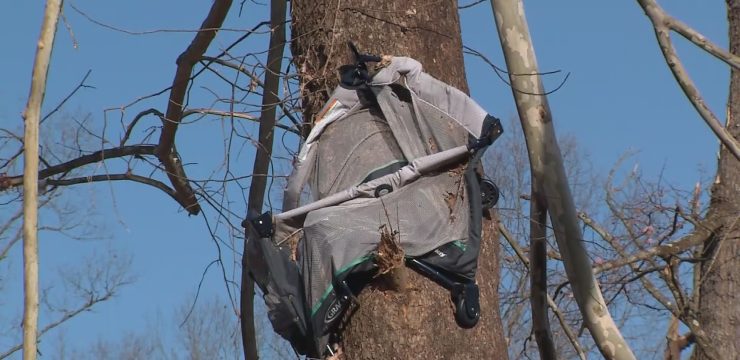Have you ever looked inside one of those classic metal mailboxes—the kind with the curved top and the little red flag—and noticed a small circular shelf inside? I spotted one recently while helping my aunt clean out her old shed, and for a second, I couldn’t figure out what it was.

Was it a cup holder? A perch for birds? Some sort of weird design feature? As it turns out, that little shelf had a very practical and thoughtful purpose back in the day. It was used to hold coins for postage. Yes, really—people used to leave actual money in their mailboxes. Loose change. Unlocked. Just sitting there in plain sight. And no, it wasn’t part of some quirky savings plan or neighborhood honor system for snacks.
Before we had online postage, automated kiosks, and forever stamps, people in rural areas had to get creative when it came to sending mail. If you lived far from town and didn’t have the right stamp on hand, you didn’t hop in the car and drive miles just to buy one. Instead, you’d write your letter, place it in the mailbox, and toss in a few coins to cover the cost. The mail carrier—who often knew the whole neighborhood like family—would stop by, take the letter, determine the postage needed, and use stamps from their personal stash to get it ready to mail. If the amount you left was more than necessary, they’d leave you the change. That’s where that little shelf came in.
It kept the coins from rolling around inside the box and made them easy for the carrier to see and grab. It’s kind of amazing when you think about it. This was an entire system built on trust.
No locks. No security cameras. No tracking codes or receipts. Just the understanding that the mailman would take care of it, and he always did. These mail carriers weren’t just delivery folks—they were unofficial postmasters for the people on their route. They knew who lived where, probably knew the names of the pets and kids, and often formed genuine relationships with the people they served. It was normal to write a note like, “Please add postage.
Thanks, Edna,” and tuck it into the box with a few nickels. My grandma used to talk about how she did this in the 1960s. She had a little tin she’d keep inside the mailbox, something that once held mints or pills, and she’d drop in the right amount for a stamp. Her mailman—Mr. Jansen, she used to say—always left the correct change and even scribbled a friendly note if he had a moment. Can you imagine doing that today? These days, if you leave a coupon hanging out of your mailbox, it might disappear before you get home. I’ve had packages left in the bushes, nowhere near the front door. It’s a whole different world now.
Once I learned what that shelf was really for, I couldn’t stop thinking about how clever and simple it was. It wasn’t just a random piece of metal—it was a feature designed for a very specific purpose, rooted in a time when things moved slower but felt more connected. It reminded me that technology hasn’t always been necessary to keep things running smoothly. Sometimes, a small ledge and a little trust were all it took. Today, most people wouldn’t have a clue what that little shelf was for unless someone told them.
I sure didn’t. But now, I appreciate it. It’s a tiny piece of history tucked inside something we still use every day, even if we’ve forgotten its deeper meaning. If you happen to have one of those old mailboxes sitting outside your home or maybe stashed in a garage or shed, take a peek inside. That shelf may seem insignificant, but it tells a quiet story about how people used to interact—about community, about trust, and about how something as simple as a few coins and a note could connect neighbors in a way that feels almost impossible today.





